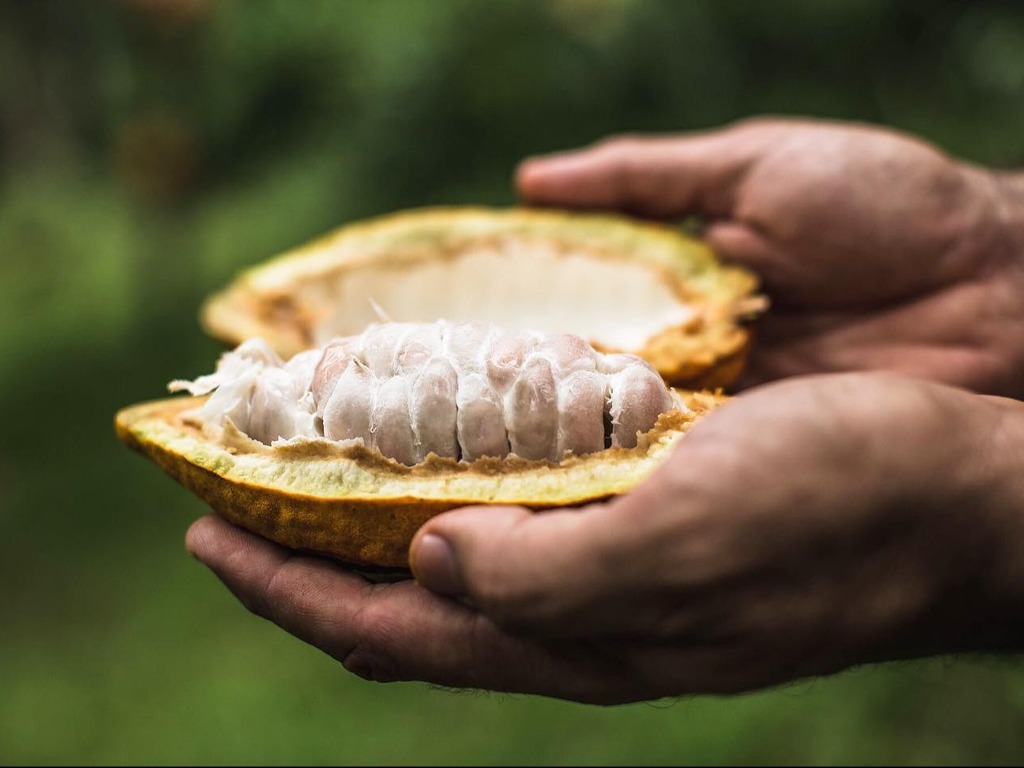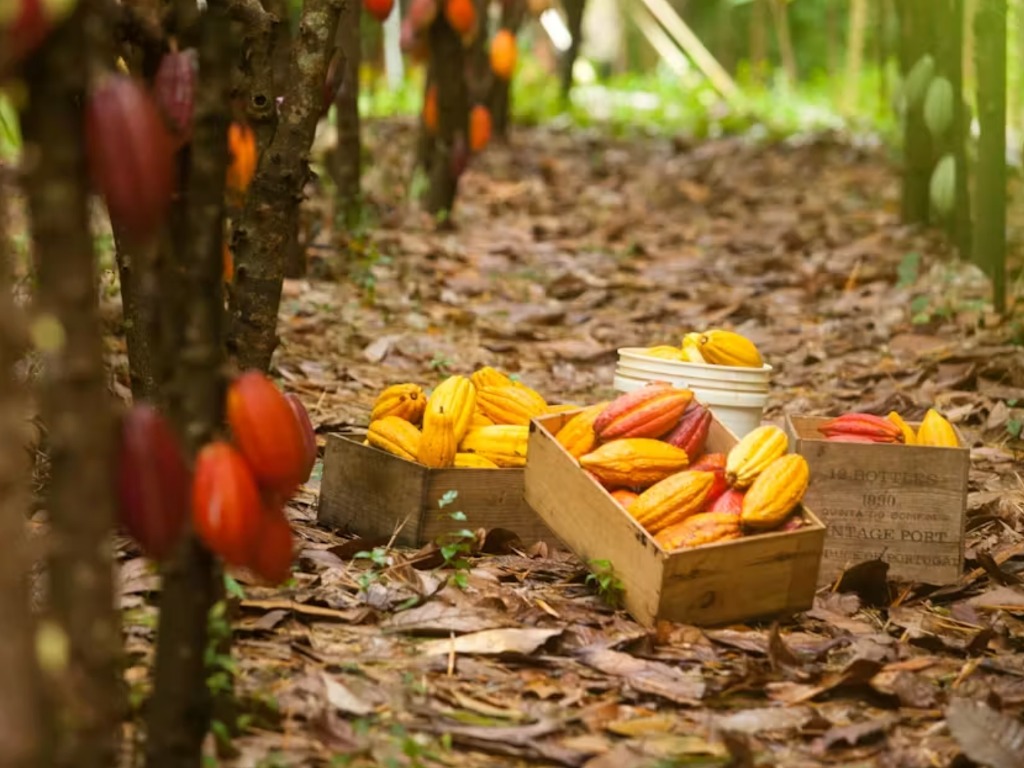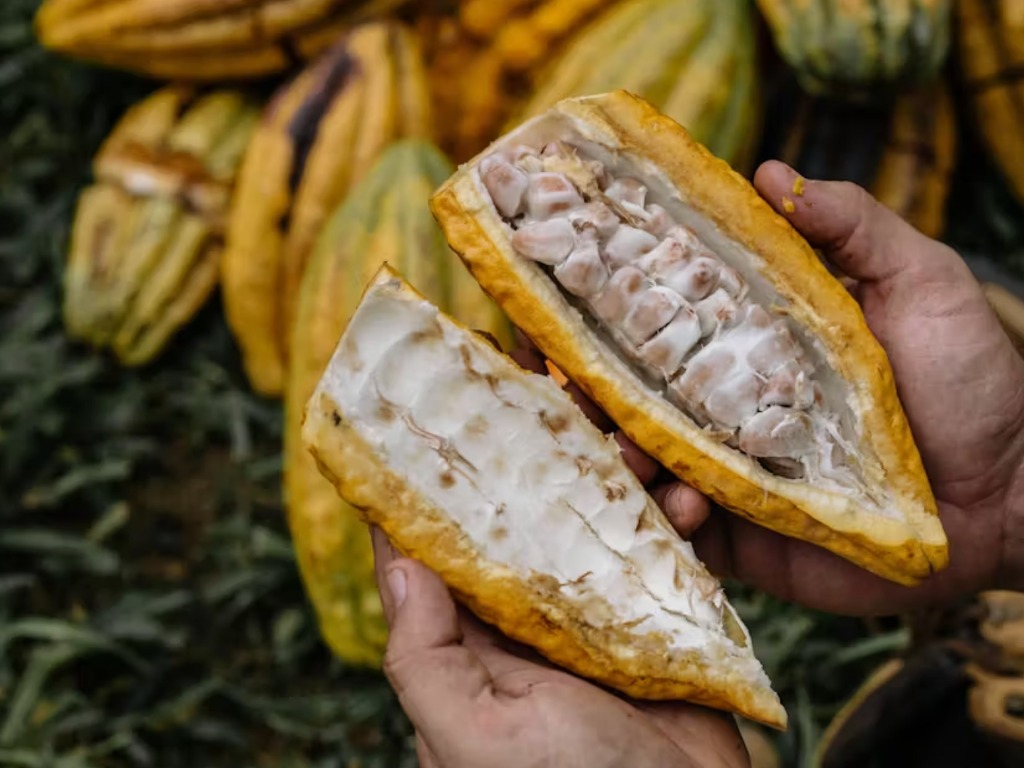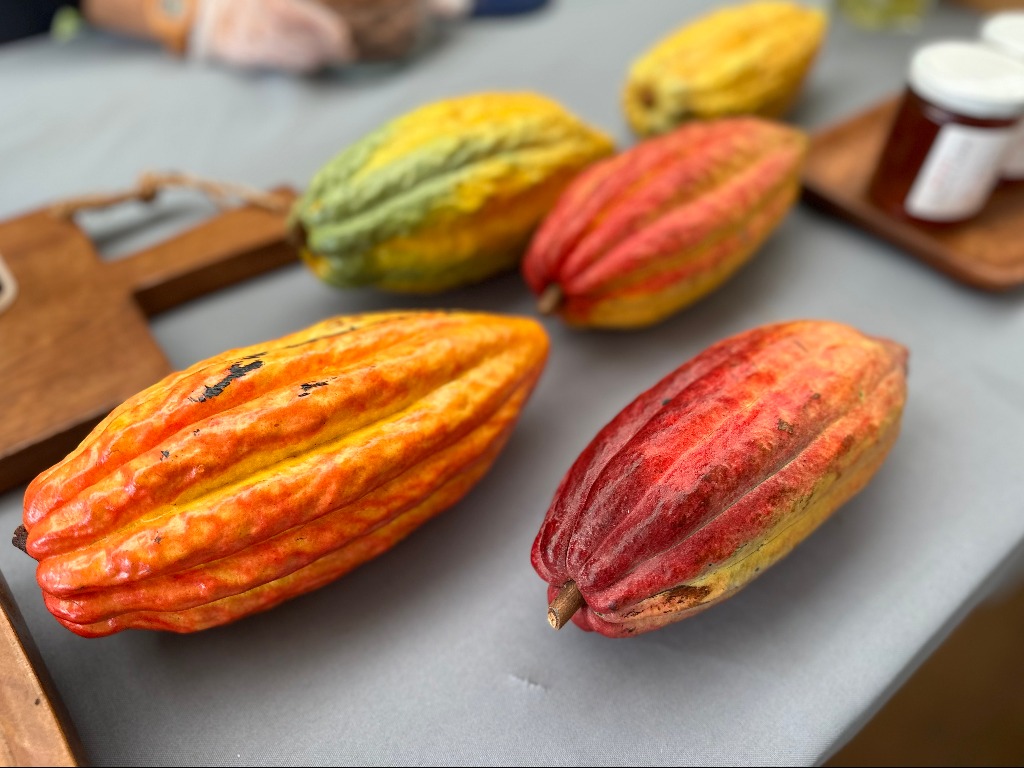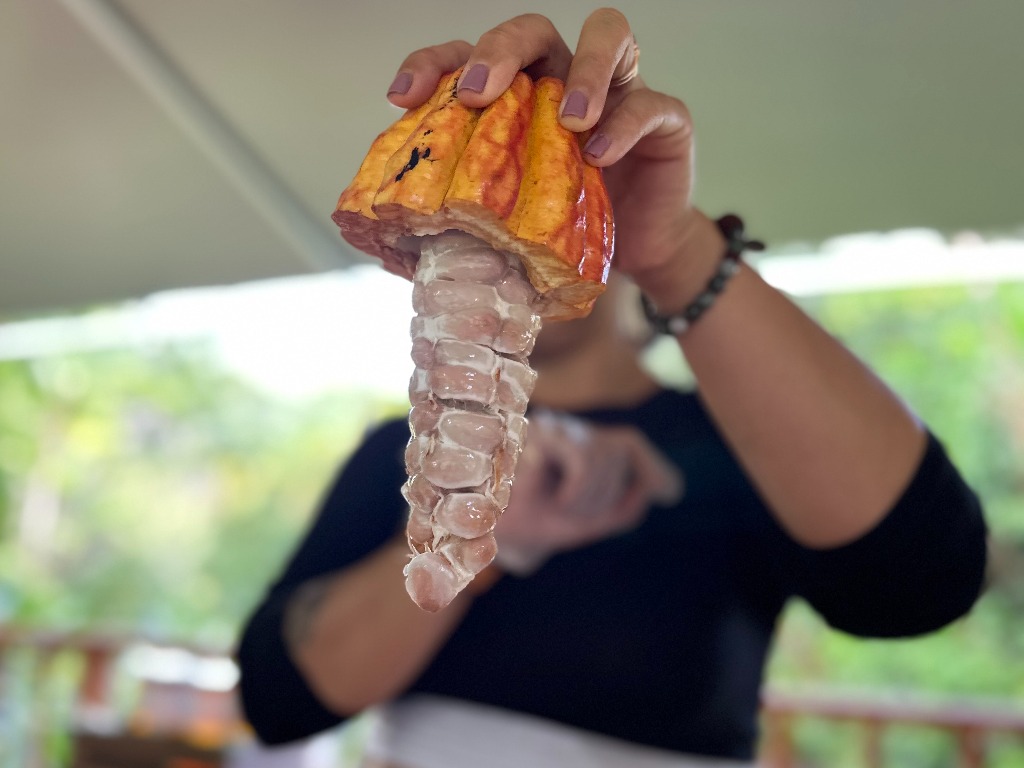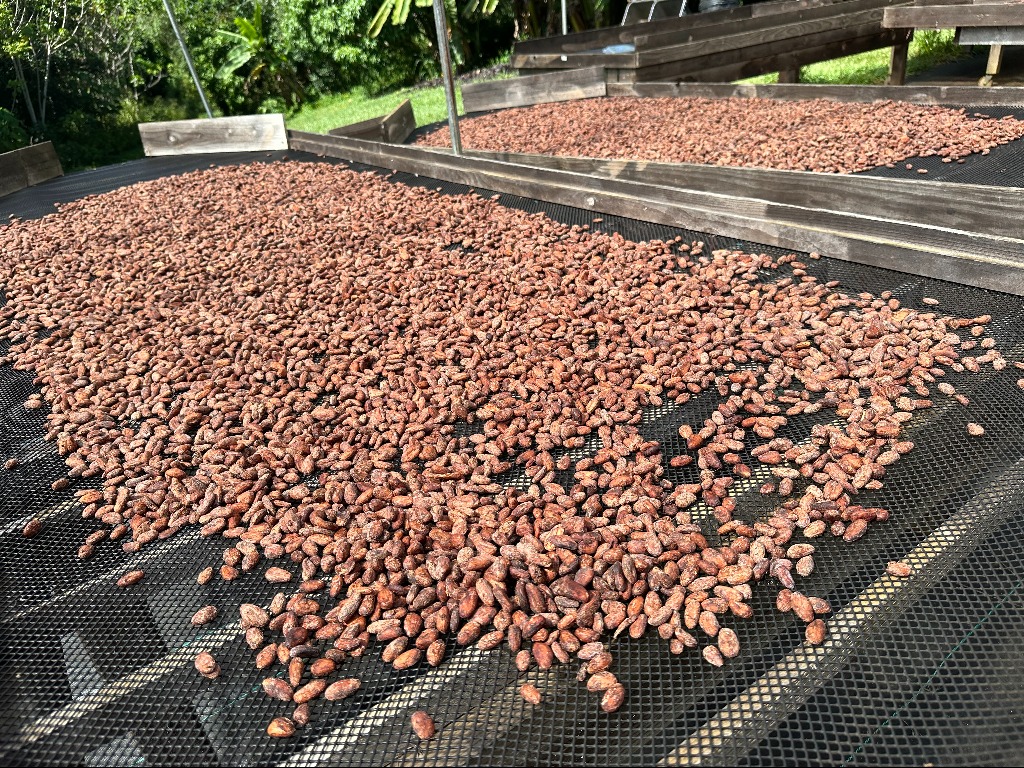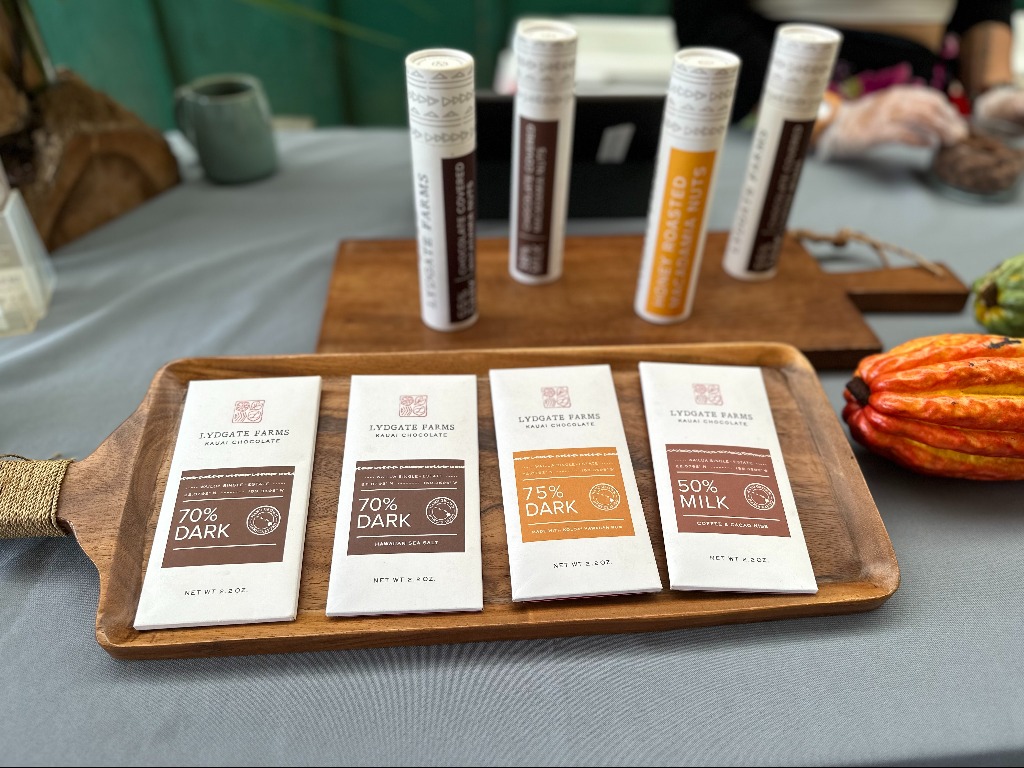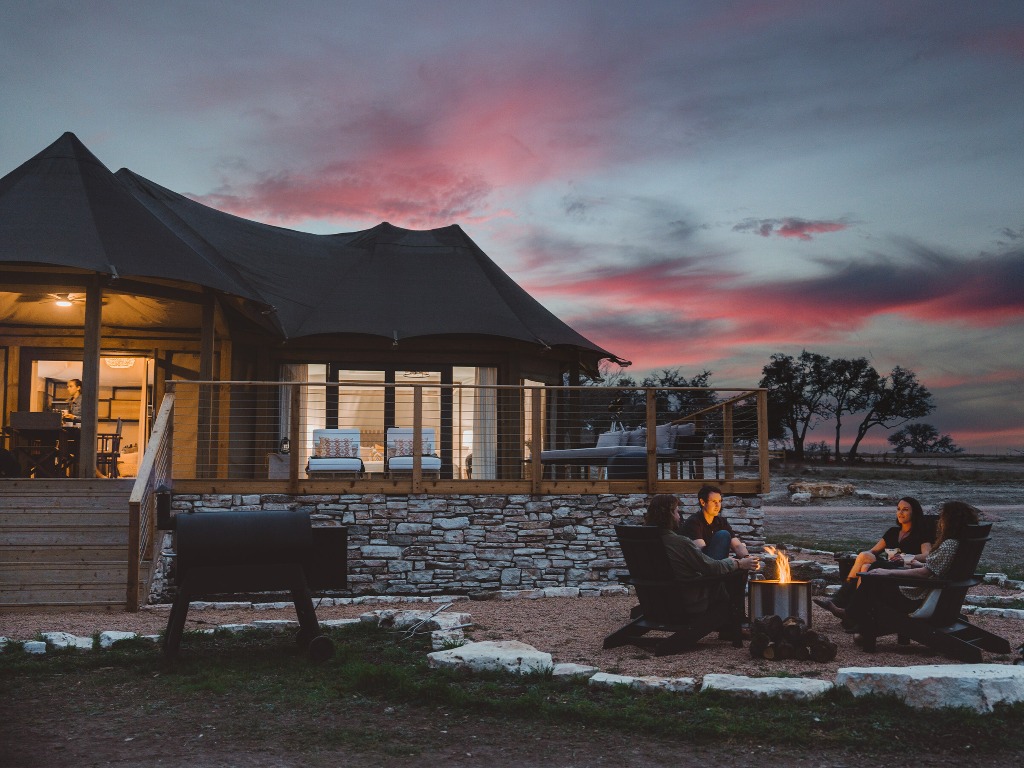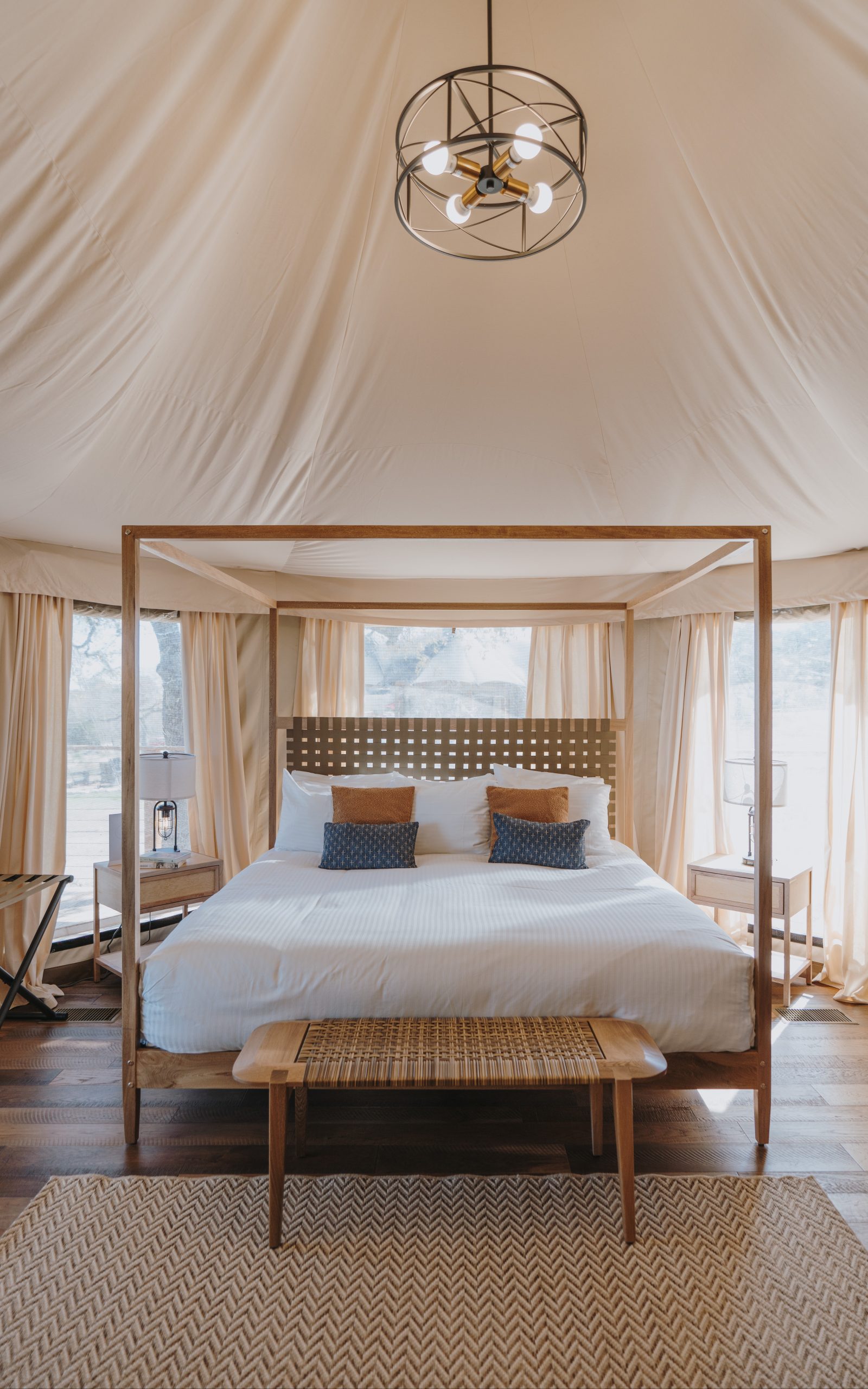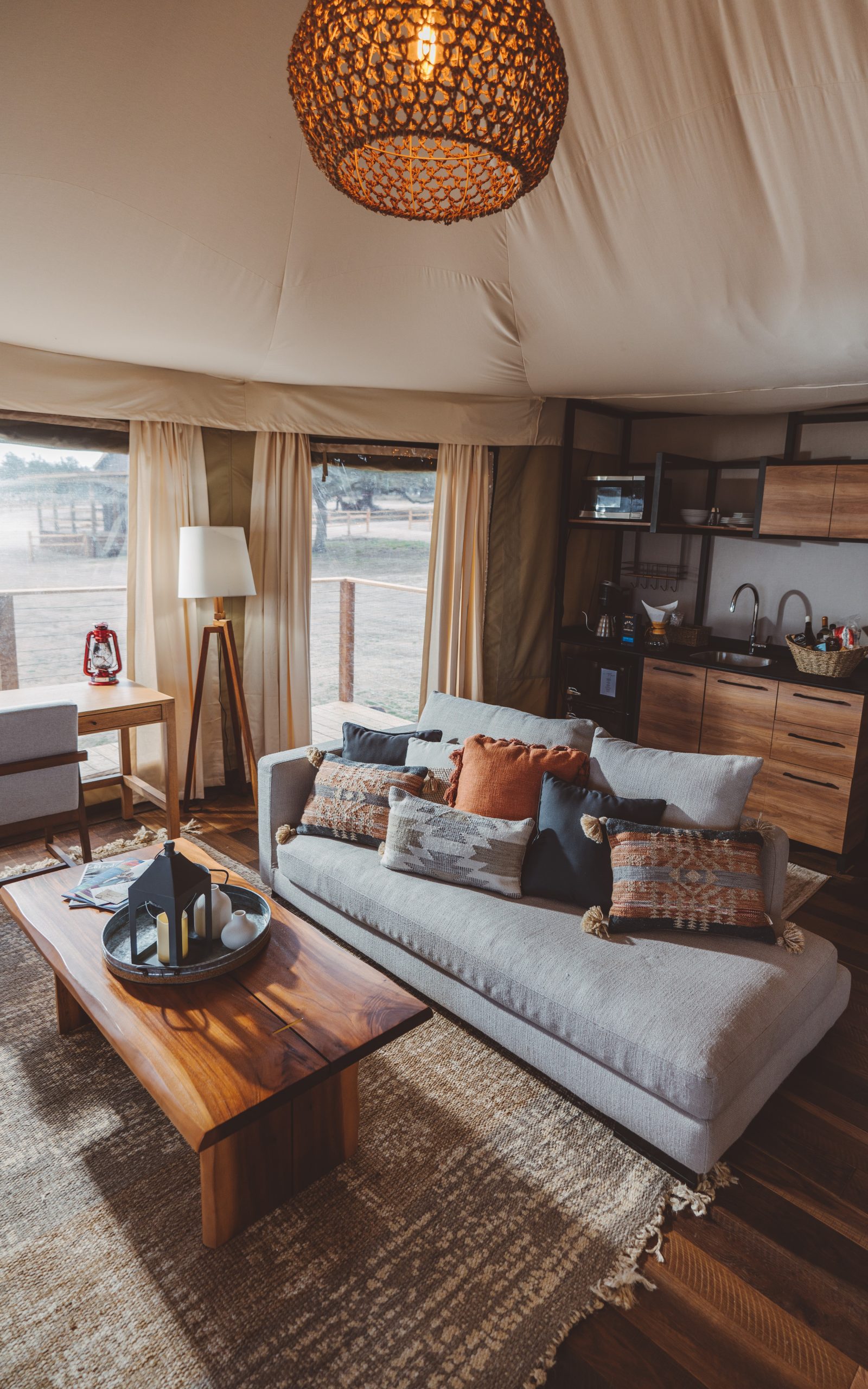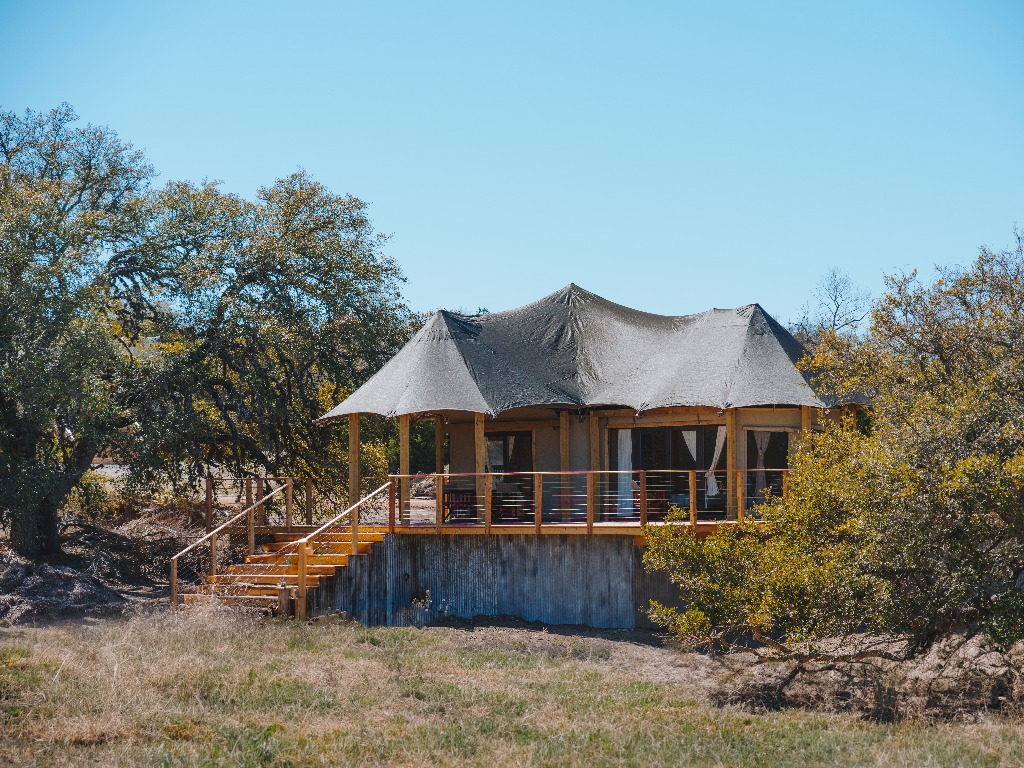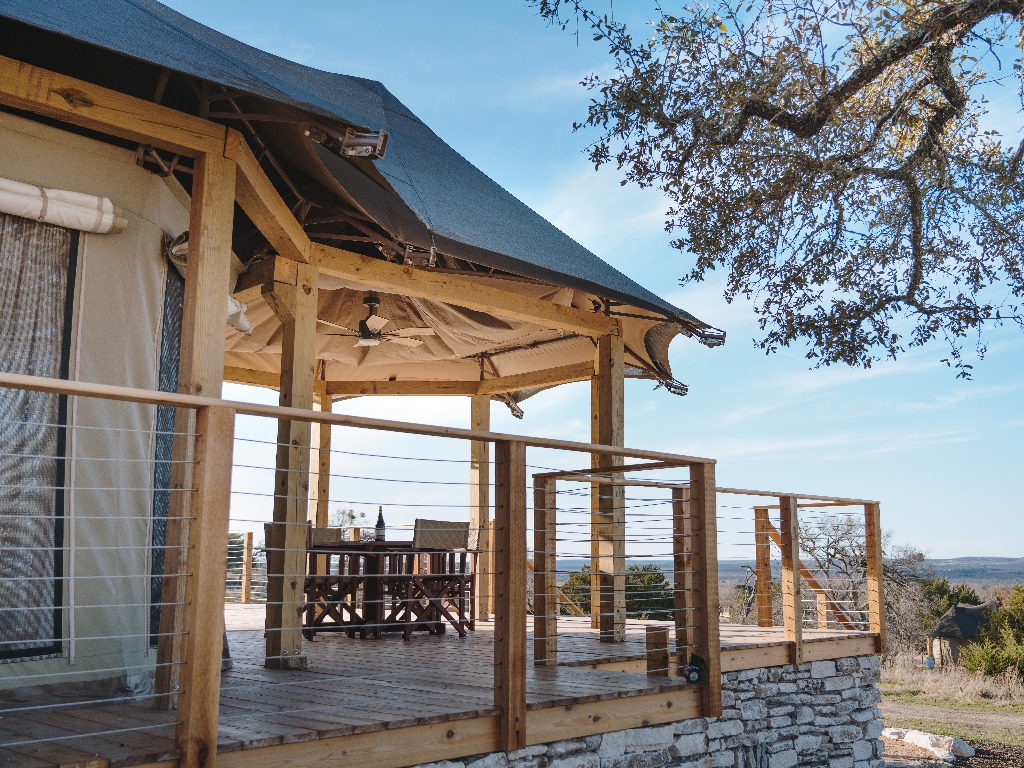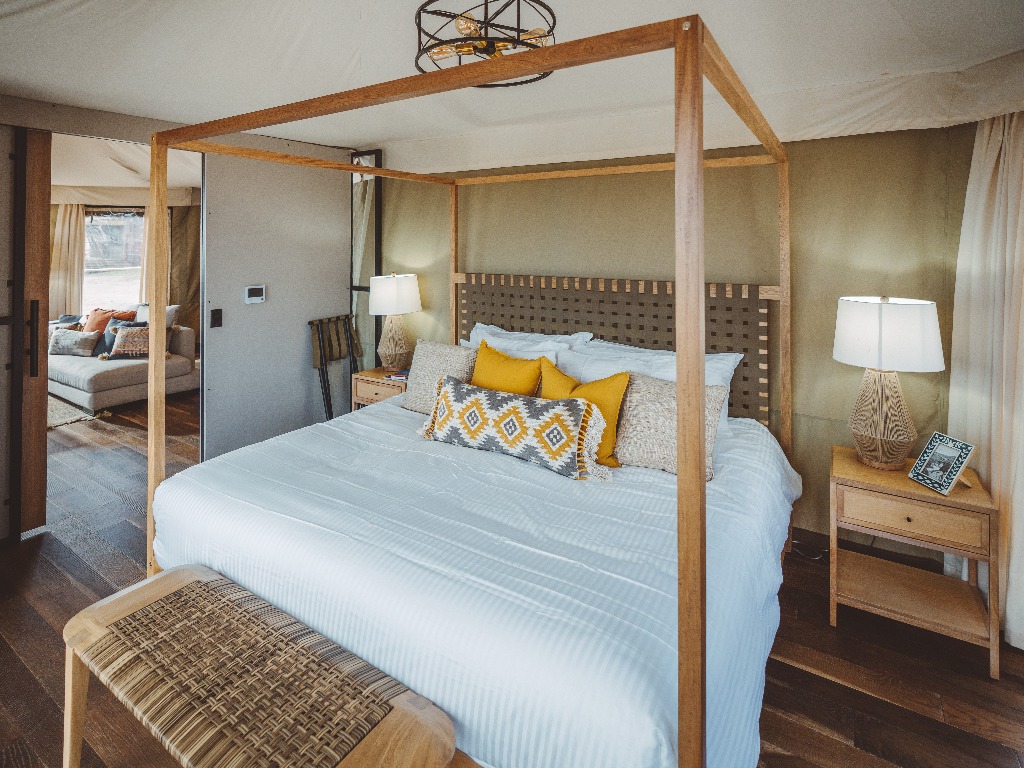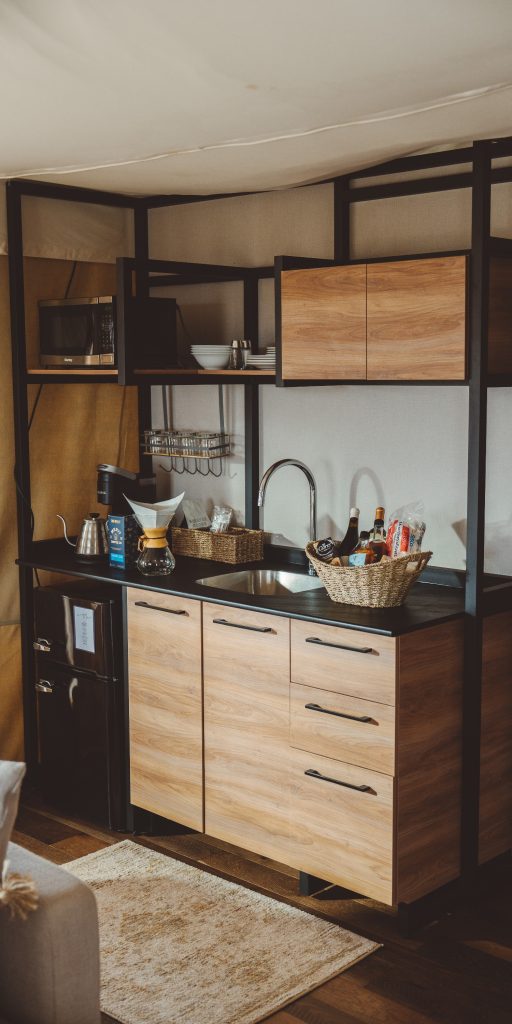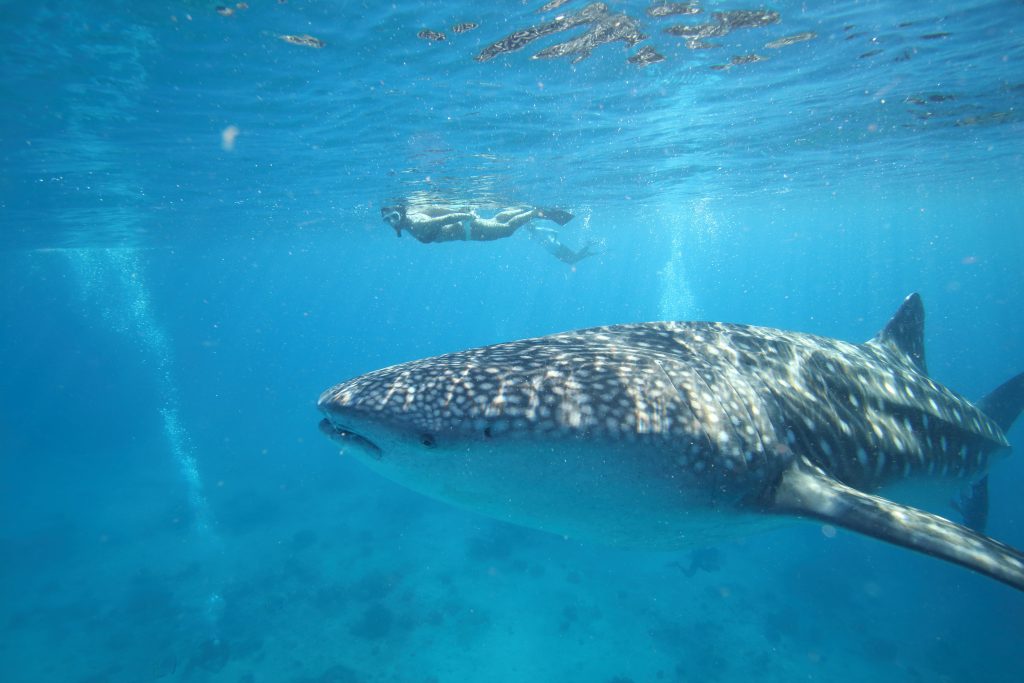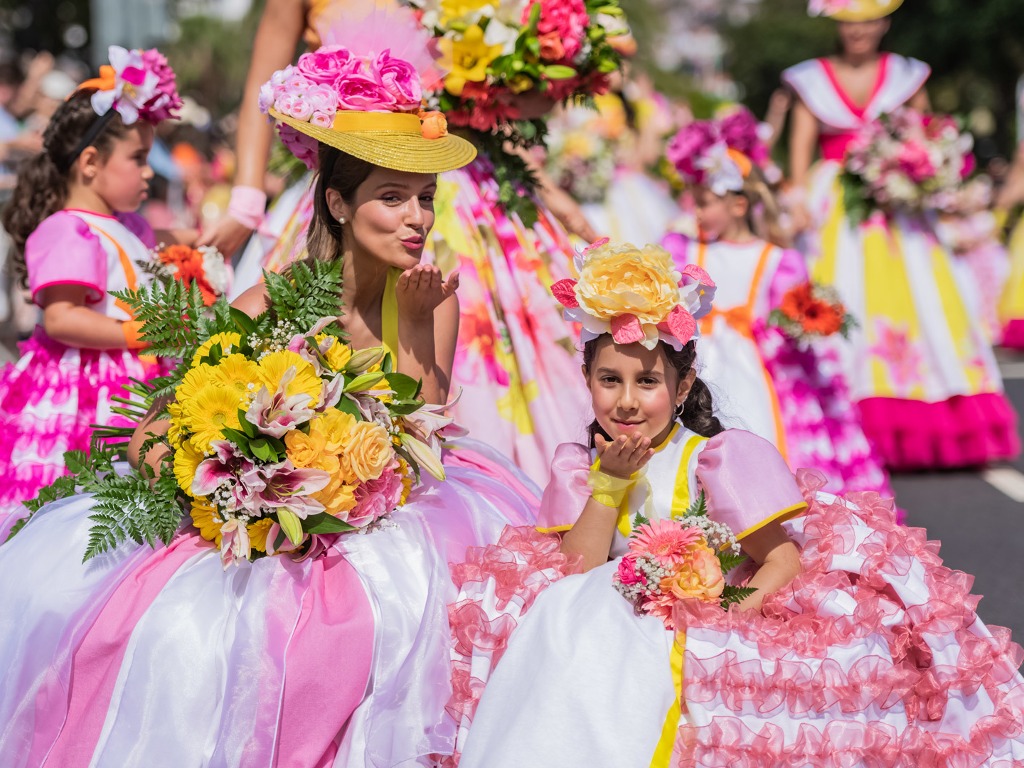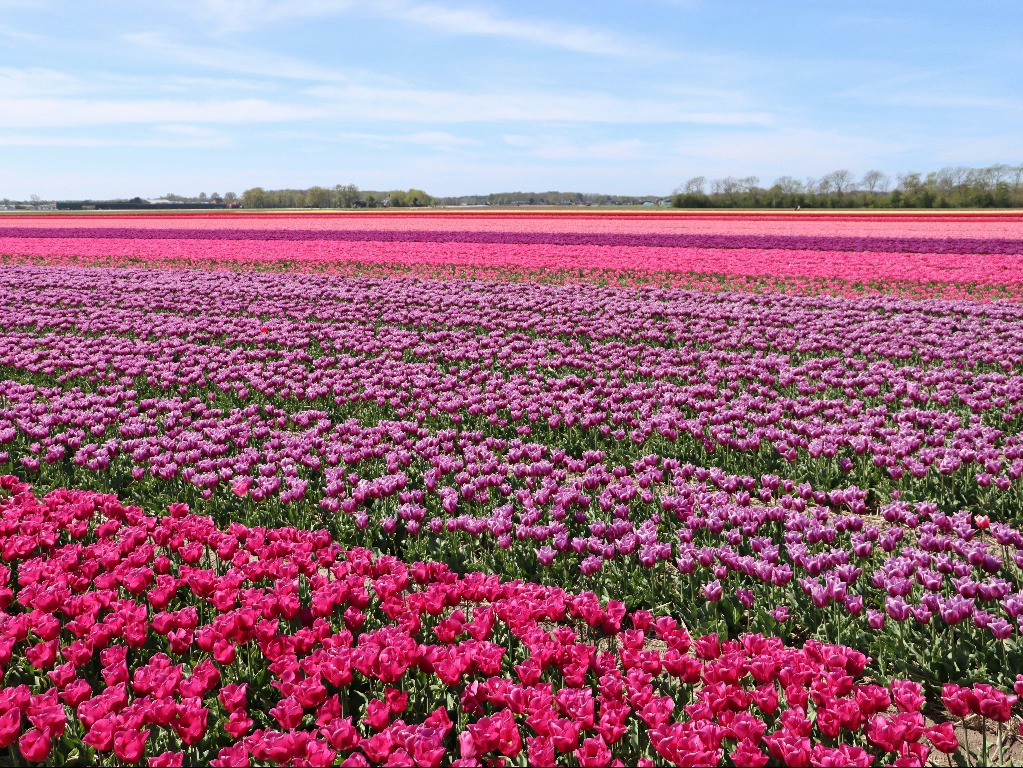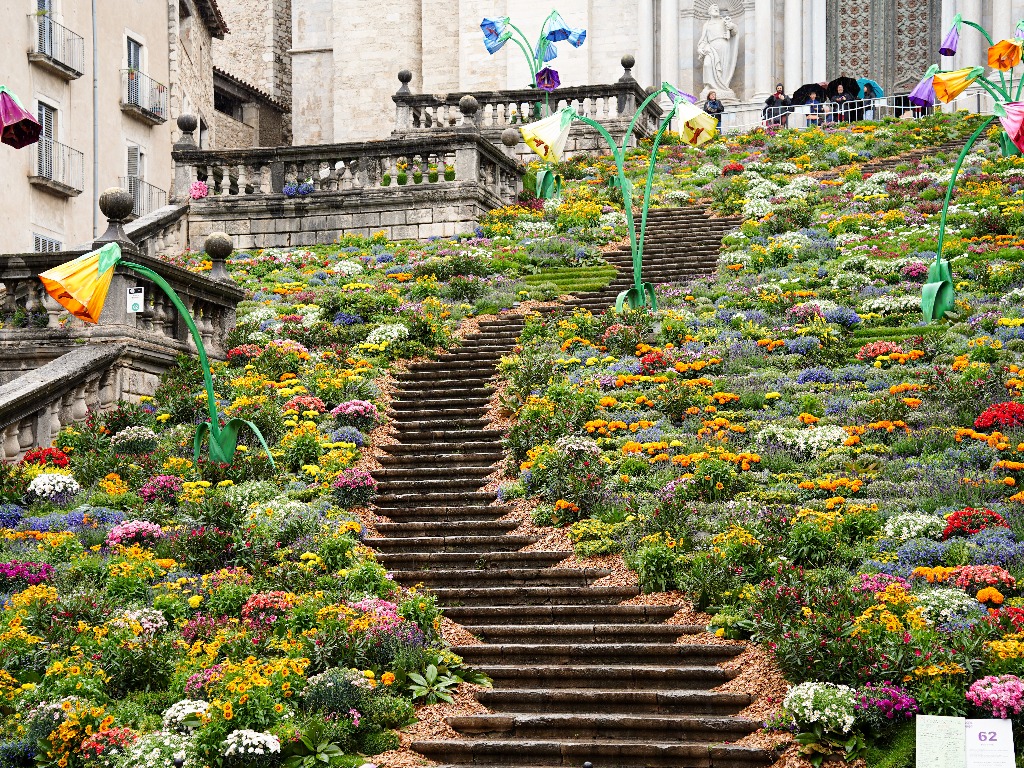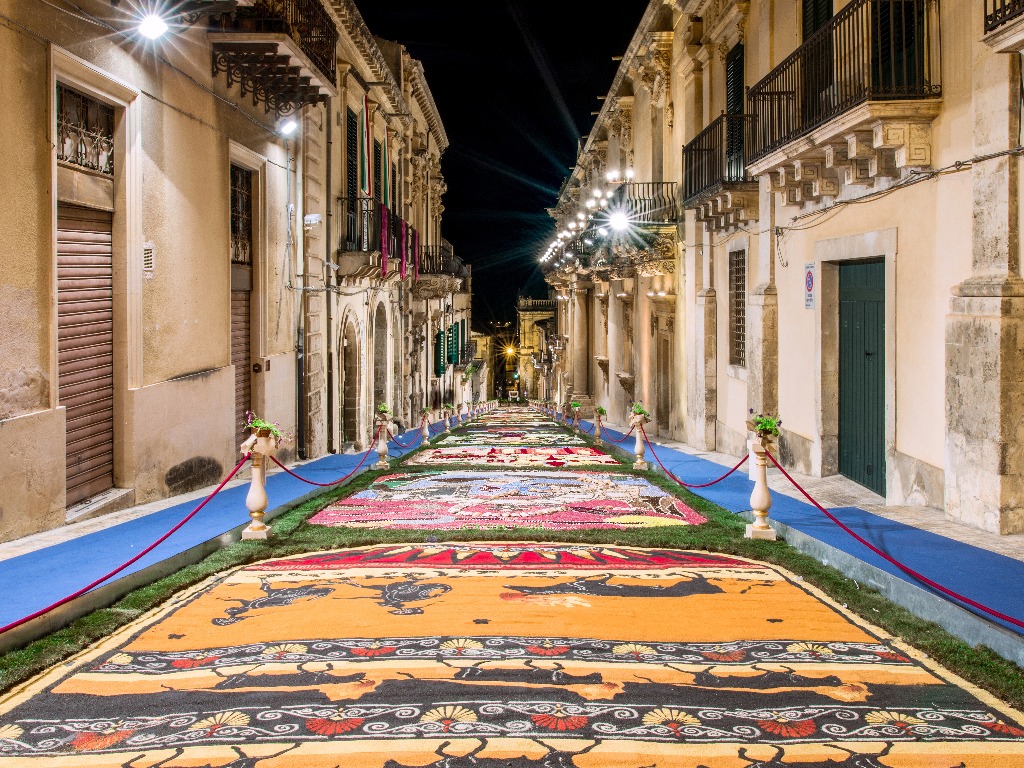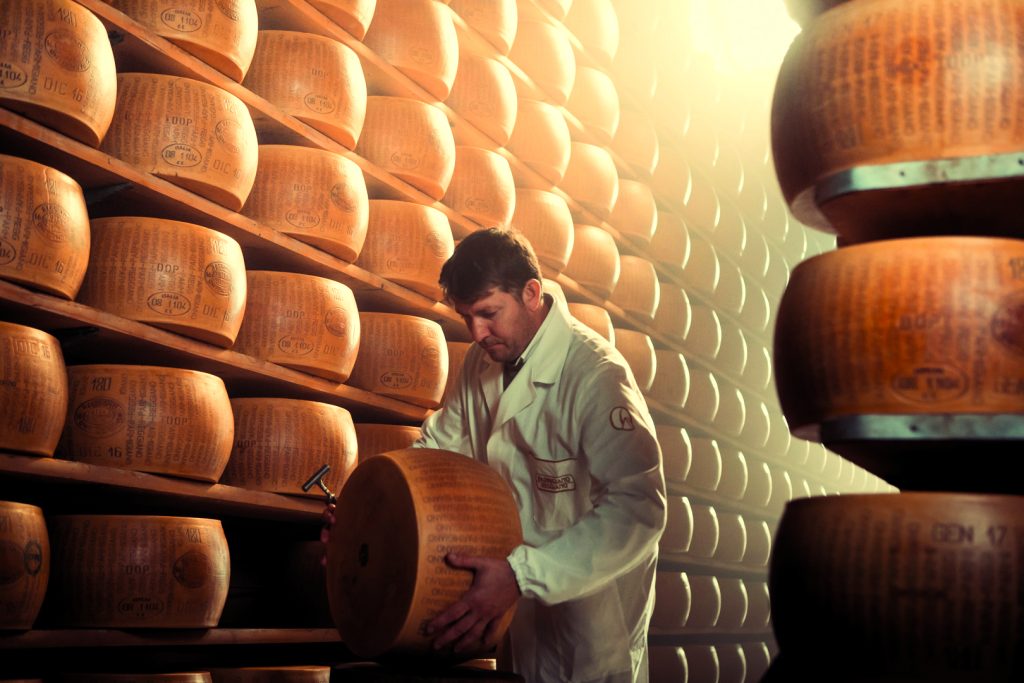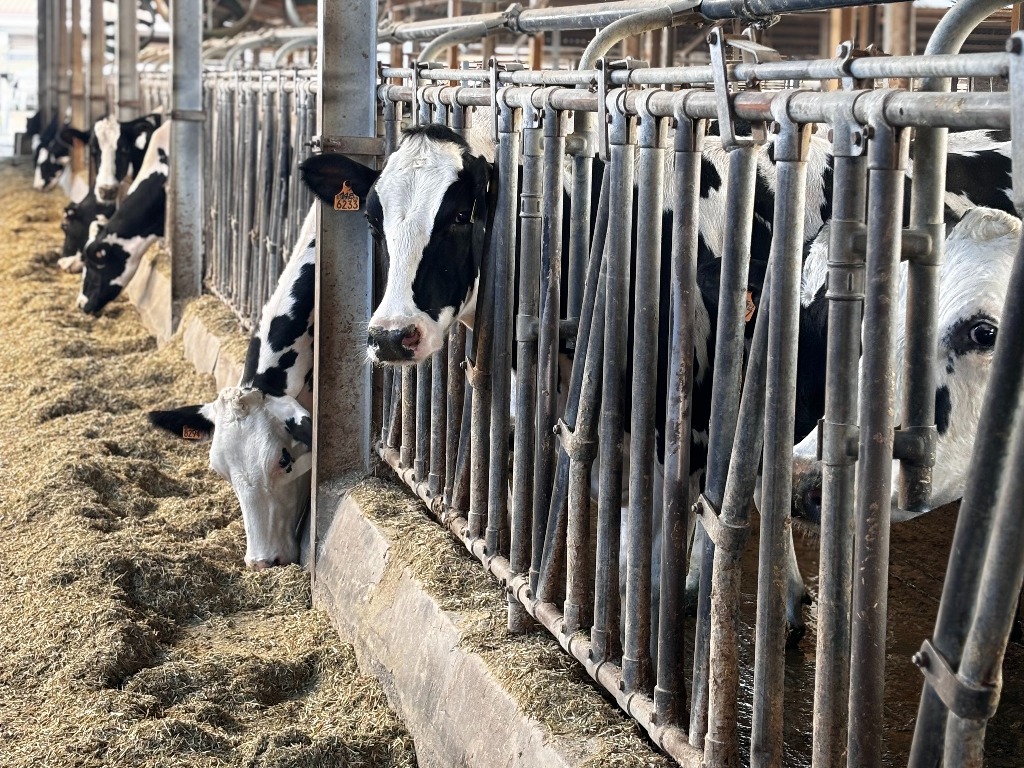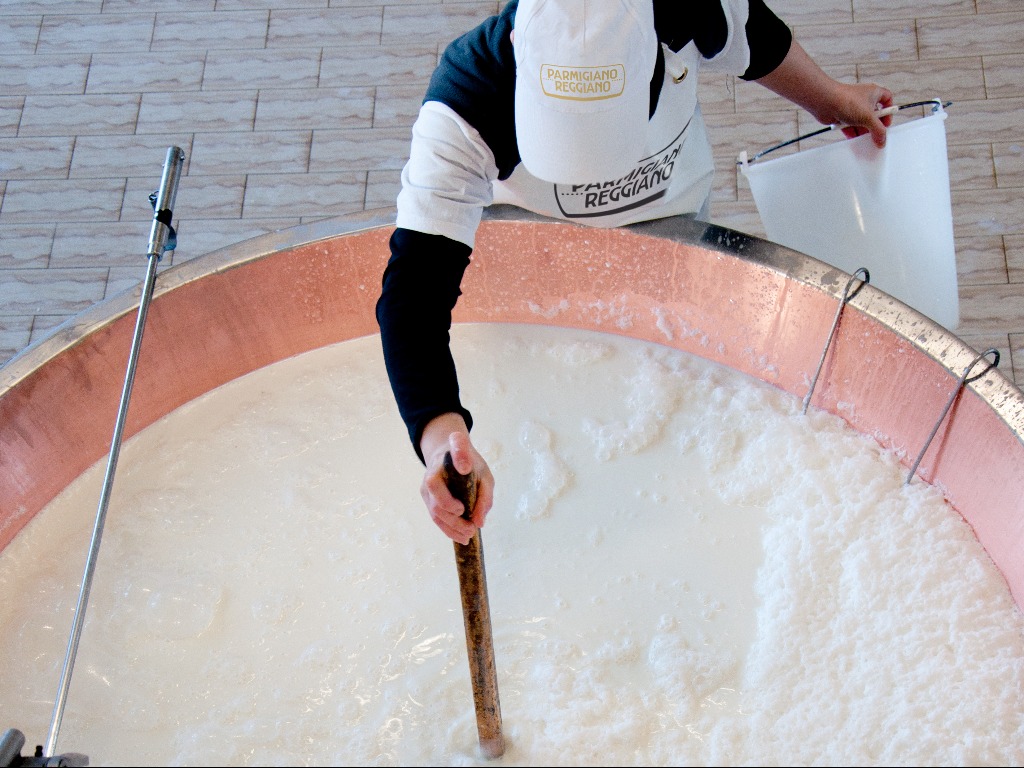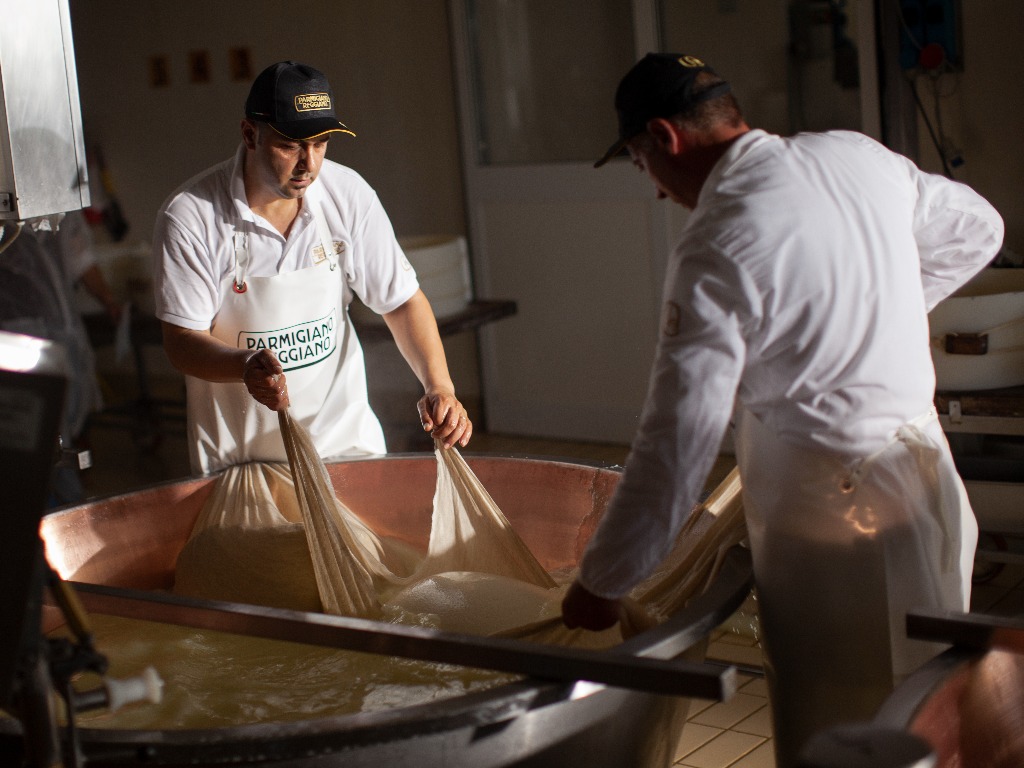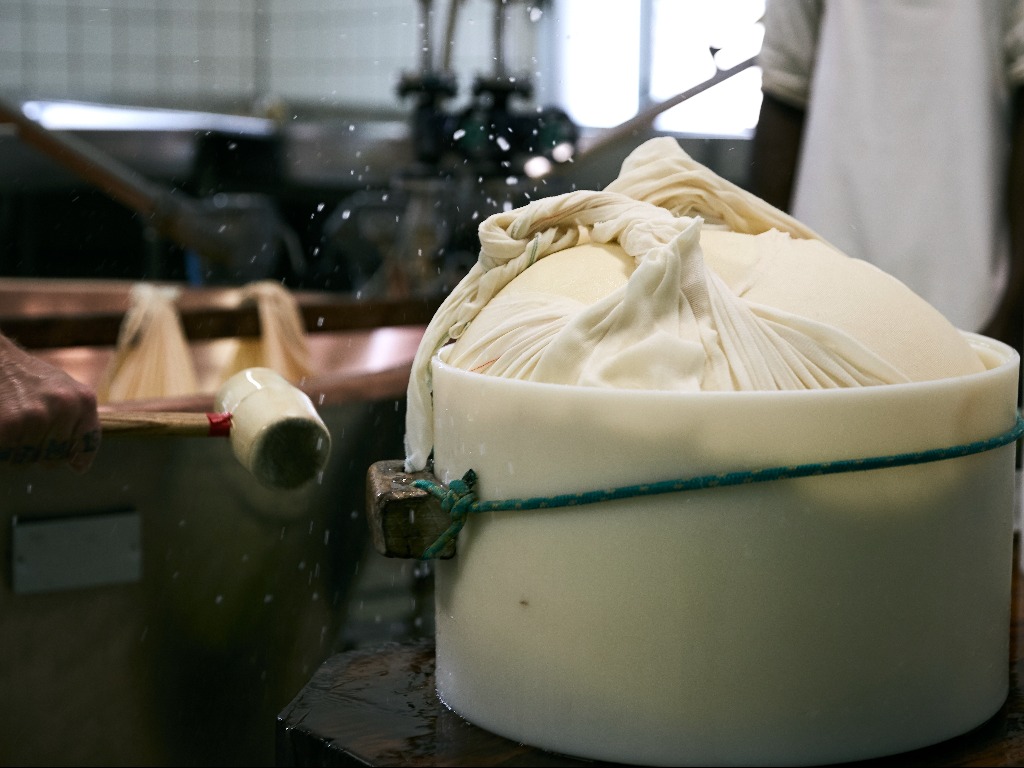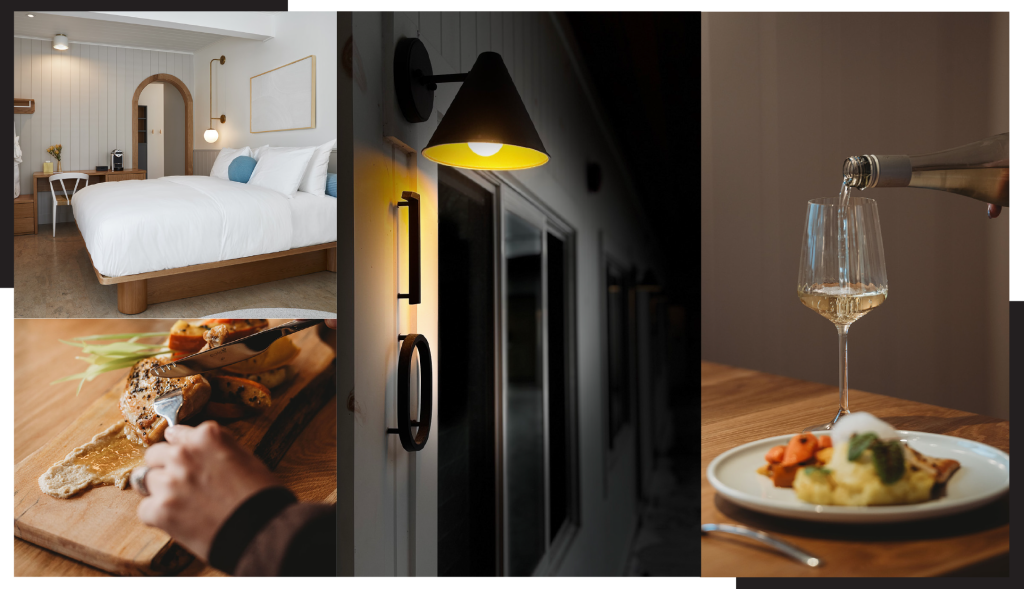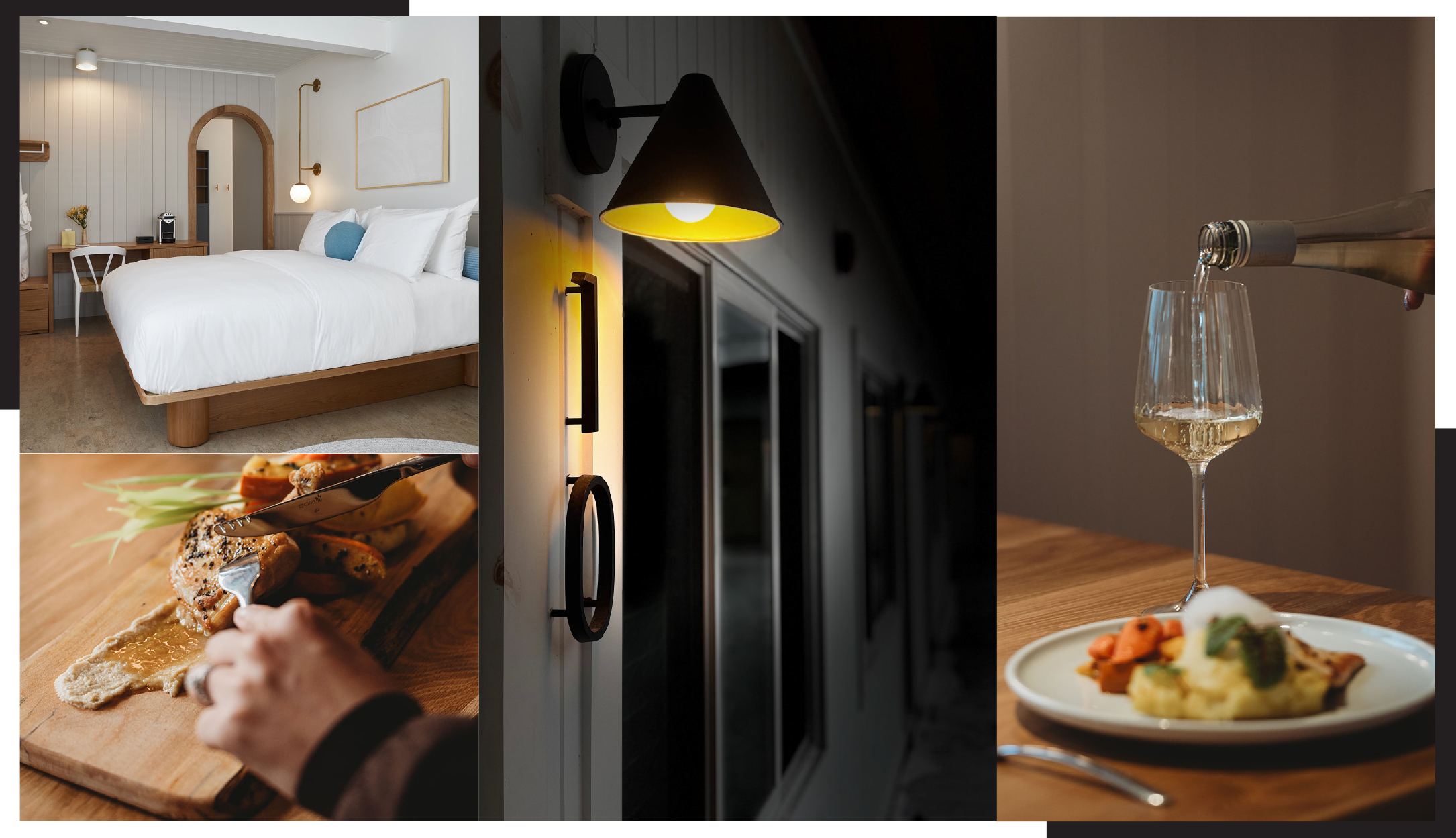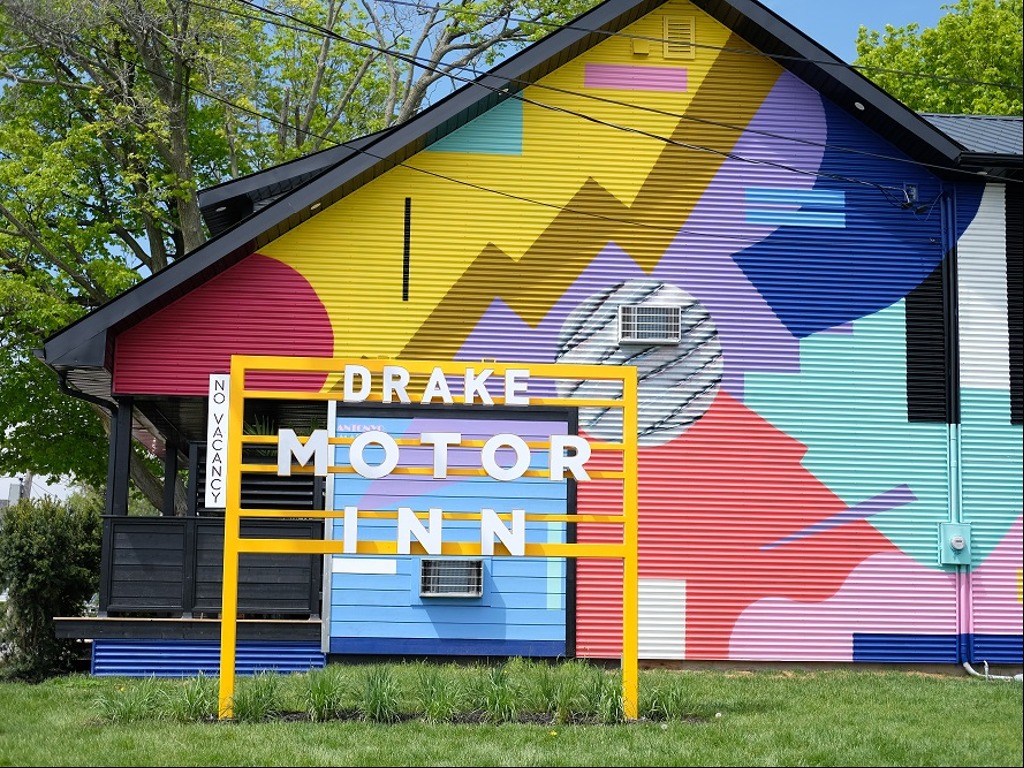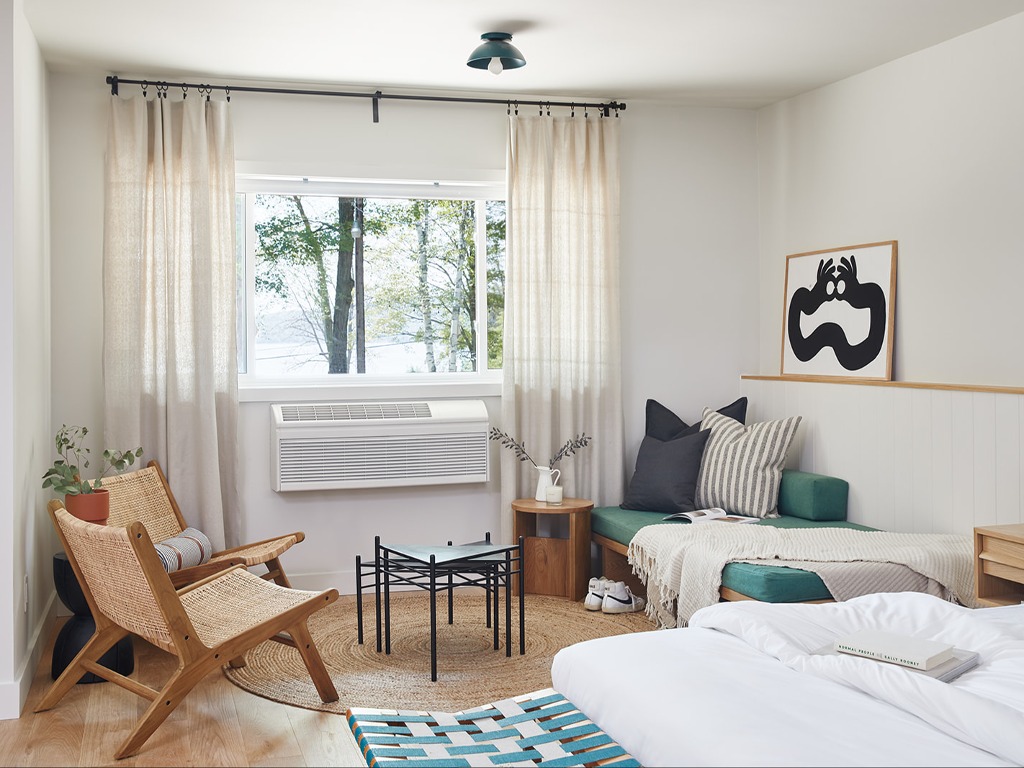
Hyatt opens family-friendly golf resort and spa in Mazatlán
Hyatt recently opened the family-friendly, all-inclusive Dreams Estrella del Mar Mazatlán Golf & Spa Resort, marking the first Hyatt hotel in the seaside destination of Mazatlán in Mexico.
Located in the exclusive community of Estrella del Mar, Dreams Estrella del Mar Mazatlán Golf & Spa Resort is conveniently located less than six miles from the Mazatlán International Airport and 20 minutes from the city centre.
Luxury accommodations
Dreams Estrella del Mar Mazatlán Golf & Spa Resort has 358 suites all outfitted with local artwork, neutral tones with pops of blue and furnished balconies or terraces touting spectacular views of the Pacific Ocean.
Each suite is replete with Unlimited-Luxury inclusions such as a fully stocked and daily refreshed in-room mini bar, 24-hour room service, and more. Ideal for guests traveling with families or larger groups, connecting rooms are also available in varied room categories and accessible rooms are available upon request.
For guests seeking an even further elevated experience, the Preferred Club offers upgraded suites and a range of additional amenities and services including personalized check-in and check-out, exclusive access to the Preferred Club lounge, upgraded bath amenities, a pillow menu, dedicated concierge service, and more. Designed with multigenerational travel in mind, the resort touts a dedicated adult-only section replete with a private pool and swim up bar.
Noteworthy culinary offerings
Dreams Estrella del Mar Mazatlán Golf & Spa Resort offers four à la carte restaurants, a grill, an international buffet, and an ice cream booth for guests craving sweets, as well as five bars and lounges serving unlimited top-shelf spirits.
With a wide range of culinary options including traditional Mexican favorites, Mediterranean-Asian fusion, and more, there is something for every taste and preference, all with no reservations required.
For adults looking to fully immerse themselves in the culture of the destination, exclusive add-on experiences are available at an additional cost including a tequila tasting or a guided pairing dinner in Portofino’s exclusive wine cellar.
Amenities for the whole family
Dreams Estrella del Mar Mazatlán Golf & Spa Resort touts a variety of activities for both adults and children alike, such as an on-site waterpark with a lazy river, endless daytime and nighttime entertainment, water sports, and more.
Children ages 3-12 can play the day away at the nature-inspired Explorer’s Club for Kids with programming such as sandcastle competitions and weekly campout adventures, while the Core Zone Teens Club offers mini discos, movie nights, and access to gaming for teens ages 13-17. Guests prioritizing personal wellbeing can enjoy Dreams Spa, the resort’s dedicated spa and wellness center which includes a full-service salon and spa including a Turkish bath, guided hydrotherapy and a fitness center touting state-of-the-art equipment.
For guests seeking off-site activities, the resort is conveniently located near the largest boardwalk in the pacific as well as one of the best aquariums in Latin America.
For more information, visit www.hyatt.com.


